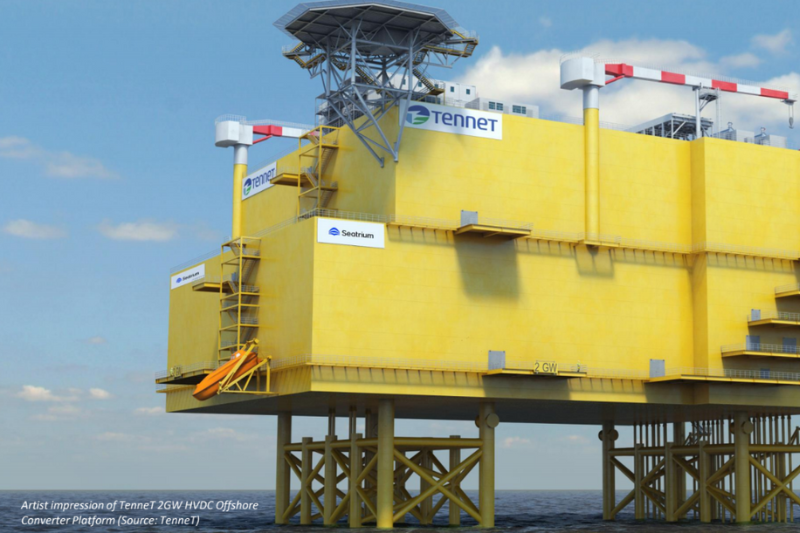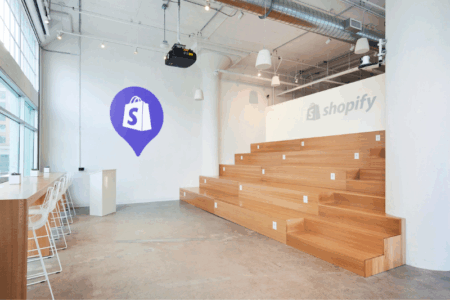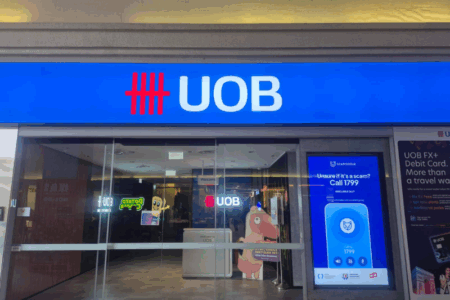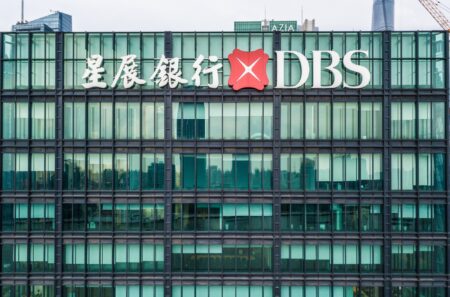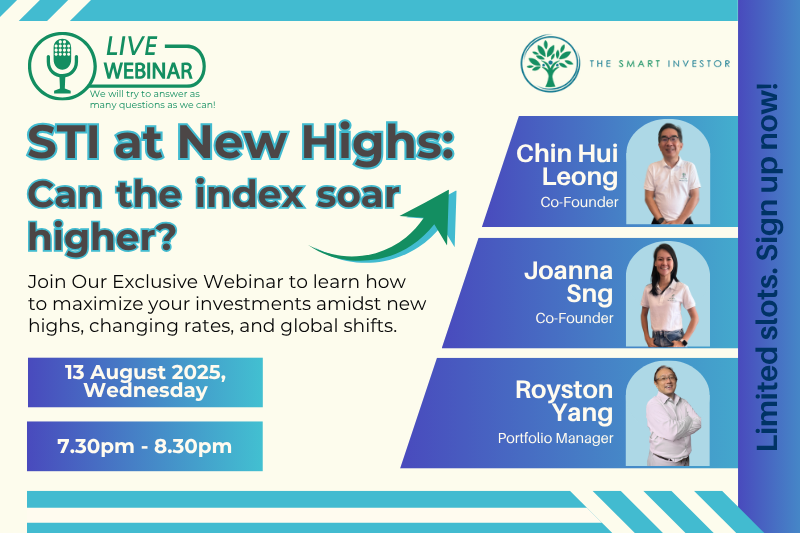Singapore’s Straits Times Index (SGX: ^STI) touched a new 52-week high in late October.
But don’t tell that to three companies, namely Seatrium, Jardine Matheson and Hongkong Land.
The trio booked negative returns for the month.
What makes their underperformance puzzling is that all three reported improving results – yet the market yawned.
Their October stumbles reveal a harsh truth: in today’s dividend-focused market, operational improvements mean little without improving dividend payouts.
Seatrium: Total Return -8.4% for October 2025
There was a lot to like about Seatrium’s (SGX: 5E2) 2025 first-half (1H2025) results.
Revenue surged 34% year on year to S$5.4 billion, net profit quadrupled to S$144 million, and net-debt-to-EBITDA improved to 1.0x from 2.9x previously.
Yet, it emerged as the top STI underperformer in October 2025.
The disconnect?
Investors could be asking for more, especially dividends.
Seatrium paid its first dividend since 2018 in May, but does it mark a sustainable return to regular payouts?
Free cash flow, though dramatically improved from negative S$1.1 billion to negative S$31.9 million, remains in the red — not the foundation for reliable dividends.
That said, legacy issues are finally clearing.
After a decade-long investigation, Seatrium finalised settlements for Operation Car Wash, paying S$168.4 million to Brazilian authorities and S$73.3 million net to Singapore.
Singapore’s Monetary Authority of Singapore (MAS) and the Commercial Affairs Department (CAD) also cleared the company with no actions taken, according to Seatrium CEO Chris Ong.
Looking ahead, the S$18.6 billion order book (S$6.3 billion in renewables) provides visibility through 2031.
Seatrium’s 1H2025 return on equity at 4.5% is halfway to the 8% target.
These are promising operational improvements.
But for income-focused STI investors seeking dividend reliability, strong turnaround metrics without positive free cash flow falls short.
Jardine Matheson: Total Return -5.6% for October 2025
Jardine Matheson (SGX: J36) joined October’s underperformers despite reporting underlying profit that surged 45% year on year to US$798 million.
The conglomerate even swung from a US$40 million loss to a US$528 million profit.
So why the market disappointment?
The answer lies in one unchanged number: US$0.60.
That’s the interim dividend per share, flat versus last year despite the profit surge.
This conservative may be puzzling for investors.
Yes, revenue dipped 1% to US$17.1 billion, but the profit improvement was substantial.
DFI Retail’s (SGX: D01) underlying profit jumped 39% to US$105 million.
HongKong Land (SGX: H78) contributed US$320 million, up 11% excluding impairments.
Even with Astra’s weaker US$388 million contribution, the group’s performance could have warranted dividend growth.
The board’s caution might stem from free cash flow declining 16% to US$2 billion, though this still comfortably covers the dividend.
Management’s guidance for full-year results “broadly in line with last year” suggests the first-half surge might not sustain.
With gearing down to 11% from 14% and US$5.4 billion cash on hand, Jardine Matheson has room for higher payouts.
The unchanged dividend signals prioritising balance sheet strength over rewarding shareholders.
Hongkong Land: Total Return -2.7% for October 2025
Well, speak of the devil.
HongKong Land emerged as the third STI underperformer last month despite reporting a remarkable turnaround – underlying profit reached US$297 million versus a US$7 million loss a year ago.
Excluding non-cash China provisions, profit rose 11% year on year to US$320 million.
So why the market punishment?
Let’s don our bearish caps and take a look.
The company’s Prime Properties segment – those Grade A offices in Hong Kong Central that generate steady rental income – saw operating profits fall 12% year on year.
Negative rental reversions tell the story: when leases renew, tenants pay less than before.
Meanwhile, free cash flow plummeted 27% year on year to US$207 million.
While the board maintained the interim dividend at US$0.06 per share, declining cash generation versus flat dividends means deteriorating coverage.
Management’s Strategic Vision 2035 targets US$4 billion in capital recycling by 2027, with 33% achieved.
Progress here is a key area to watch.
Get Smart: Bargains or Bust?
October’s underperformers share a revealing pattern – strong headline numbers masking dividend disappointments.
HongKong Land’s profits couldn’t offset declining free cash flow.
Seatrium’s turnaround metrics impressed, but negative cash flow means dividend sustainability remains elusive.
Jardine Matheson’s 45% underlying profit surge yielded zero dividend growth.
The lesson for dividend investors is clear: in today’s market, operational improvements alone won’t drive share prices.
Investors want tangible returns, not just promises of future prosperity.
When evaluating dividend stocks, focus on three non-negotiables: positive and growing free cash flow, sustainable payout ratios, and management committed to rewarding shareholders.
Sometimes the biggest underperformers aren’t broken companies – but the best confirmation of wealth building comes in sustainable, growing dividends.
Don’t let market uncertainty hijack your financial dreams. While headlines scream gloom, 5 Singapore companies have been quietly building wealth and paying reliable dividends. You’re probably overlooking them. Discover these resilient giants and their secrets to sustained income, even through global storms. Click here to download your free report now and secure your financial future!
Follow us on Facebook, Instagram and Telegram for the latest investing news and analyses!
Disclosure: The Smart Investor does not own any of the shares mentioned.

